|
Living
TRAVEL
-
GERMANY West Berlin 1964 |
|
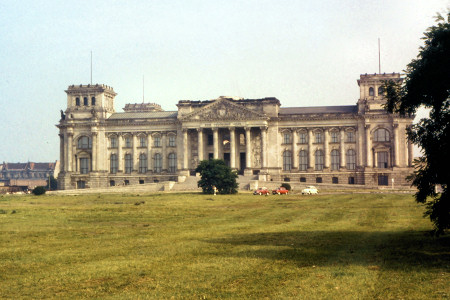 The Reichstag (*see note at bottom of page) |
|
 The "Wall" and the Brandenburg Gate - the check point between British Berlin and Soviet Berlin |
|
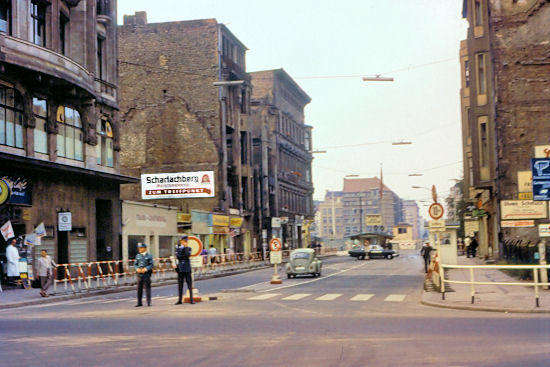 Check Point Charlie - the check point between US Berlin and Soviet Berlin |
|
 Looking over the Wall to East Berlin |
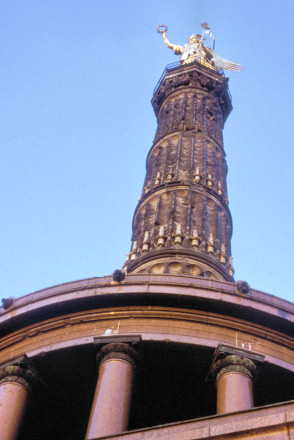 "Winged Victory" - commemorating the Prussian victory against Denmark in 1864 |
 WWII War Memorial, Berlin |
|
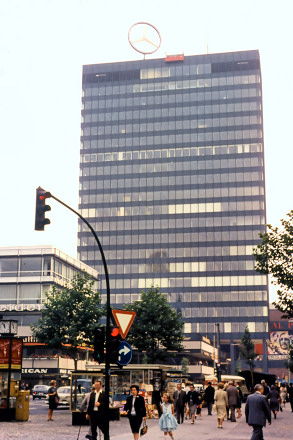 |
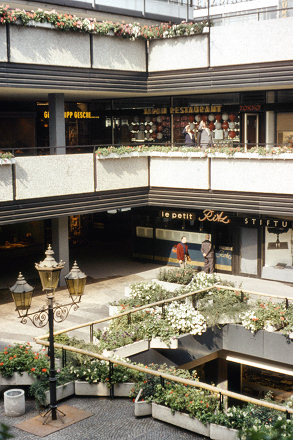 |
|
The Europa Shopping Centre** |
|
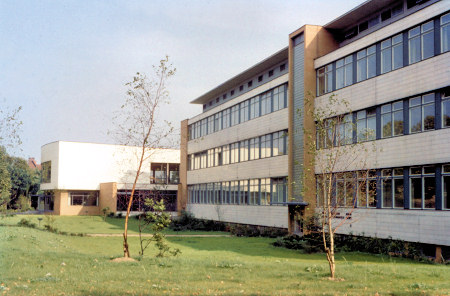 In the grounds of the University of Berlin |
|
 The Congress Hall in 1964, a gift from the United States in 1957. After the roof collapsed in 1980 it was rebuilt and called the House of World Cultures. Night view below. |
|
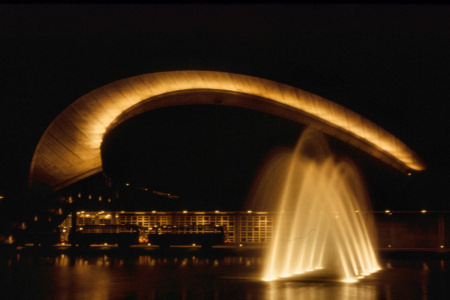 |
|
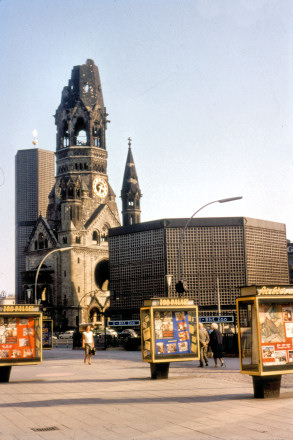 |
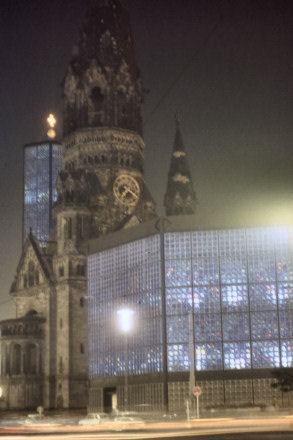 |
|
Day and
night views of the Kaiser Wilhelm Memorial Church The original church, built in 1890, was damaged by bombing in 1943. The new church was completed in 1963. Since its resurrection, the church has been the site of many weddings, engagement announcements and church functions. |
|
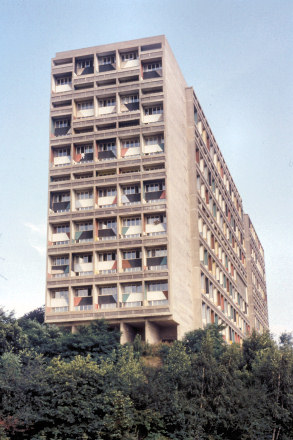 A demonstration architectural apartment block by Le Corbusier, 1957 - and below |
|
 |
|